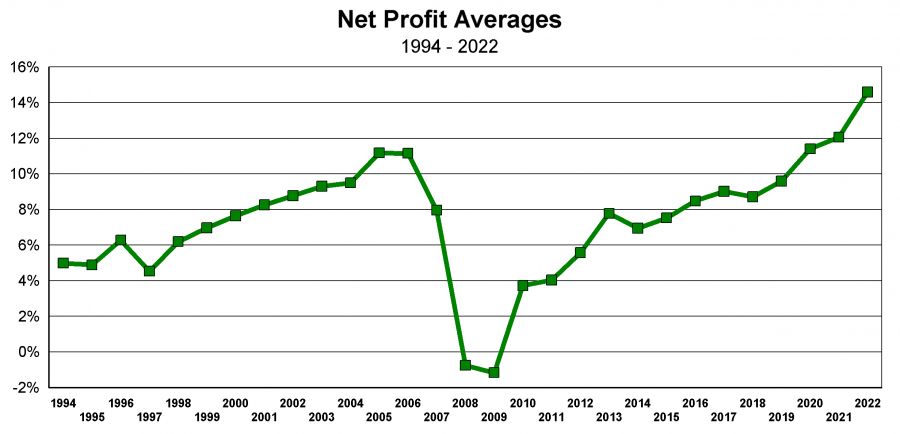2022 was a year full of challenges for the home building industry with all kinds of twist and turns throughout the year. Most builders weren’t sure of the direction they were going or how to develop or adjust survival strategies. Rising interest rates created affordability concerns which affected sales volume, supply chain issues challenged the construction cycle times, availability of trades affected both cost and construction time, and lumber prices increased to levels never seen before. Nothing but a catastrophe in the making. One positive factor throughout 2022 was very strong demand with very low existing homes inventory in the market which allowed builders to:
- Raise prices to cover material and labor cost increases
- Change sales strategies from pre-selling to building spec and take advantage of the price appreciation afforded during the extended construction time
- Offer discounts and sales concessions due to better margins from selling price increases once affordability issues created by interest rate increases became a sales impediment

What we see consistently year after year are the two elements required to maximize profitability: the cost of the product and the efficiency in managing the operation. The cost of the product includes the cost of the sticks, bricks, and the labor to assemble them. However, it is multi-faceted, as many other elements have a significant impact on the final cost. Factors such as design, specifications, estimating and purchasing processes, negotiations, utilization of materials, waste control, and others all play a role. Efficiencies are generally associated with time and productivity of the construction management process as carried out by the staff. This segment requires organization and standardization of processes and procedures preparing for the building cycle as well as superior execution during the construction cycle.
The two charts below highlight two groups: builders with profits over 15 percent and builders with losses or very low profits. The cost of sales column (red) represents product cost plus land cost. The yellow line represents all operating costs including field expenses, financing expenses, all sales and marketing expenses, and general and administrative expenses. Looking at the first chart, a key observation is that the red column is at or below 70 percent, showing good control of product cost. Land cost consistently stays within 18 to 20 percent. Operating expenses are always below 20 percent.

In this next chart, the cost of sales is always above 70 percent with operating expenses between 15 and 25 percent, resulting in little to no profit for these builders.

The next chart validates further the importance of controlling cost of sales (product cost plus land cost) in order to generate adequate gross profits to support the operating expenses and allow a good residual as profits. Sales minus cost of sales equals gross profit. Builders generating good gross profit generally achieve good net profit.

The chart below dismisses the myth that only large builders make the higher profits. Builders are lined up by size from $3M to $440M showing high profitability all throughout the chart. Year after year, the study reveals the same conclusion: it is not the size of the builder, the price point of their product, nor the location of where they build that impacts profitability. What makes the difference is the management processes and procedures they have in place and the discipline they follow in implementing and adhering to their values and principles.

2023 will continue to bring multiple challenges to our industry. Attention to detail and quick adjustments to changes as they present themselves will be key to continued profitability and even survival. Make sure you have a plan that includes triggers which initiate changes as conditions reach your trigger points. Being prepared to react to changes in the marketplace will make the difference in your success and survival during the rest of 2023 and beyond.
For an in-depth look at the results of the study, click here to download the order form and order your copy of the 2022 Comparative Financial and Operations Analysis today.
Download a copy of Chuck Shinn’s special report titled The Roaring 2020s and discover why this decade is poised to be the best decade for housing demand in U.S. history.


